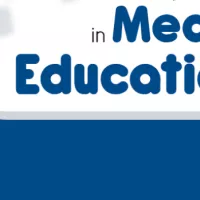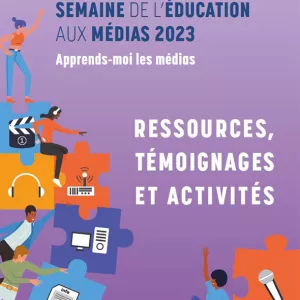Competences in media education
- 83 vues

Competences in media education
One of the missions of the High Council for Media Education (Conseil Supérieur de l’Éducation aux Médias – CSEM) is to promote the integration of media education into educational and training programmes. This includes pedagogical competences development in media and ICT.
To that end, the Council has to off er opinions and proposals so that said integration is efficient in the following domains : school curricula, out-of-school training programmes for young people and adults, basic training for future teachers and lifelong learning programmes for teachers.
In order to put into eff ect these goals, The Council has created a task force from among its members, occasionally reinforced by external experts.
Before preparing practical recommendations geared to the diversity of the players in media education and the audiences targeted, it was obviously necessary for the working group to establish a common framework of reference. Thus, a variety of proposals could be centred around this framework in a coherent and integrated fashion.
Therefore, the common framework had to embrace all aspects of media education in an attempt to highlight its specifi c nature and, also, to warn against some common misunderstandings. These include : media education is limited to using training tools, learning about ICT, engaging in historical criticism, etc.
Hence, it was necessary to propose a model that can do two things : explain the essence of media education and the very nature of media, in all their complexity. In the process, it should be pointed out that the thematic core of this type of education is in the usage that we all make of media in everyday life, the benefi ts this usage brings, its limitations and possible risks.
It was equally important to determine the range of competences specific to media education and to establish a framework in which more universally relevant competences also fi nd their place. The fruit of this enterprise is a theoretical model that strives to be exhaustive, in width and breadth. It was indeed conceived as a road map helping educational programme designers to integrate media education and allowing practitioners to fi nd their place in a particularly rich and complex educational landscape.
Thus, the model primarily addresses an informed audience which shall adapt and match it to specific pedagogical practices of a wide range of learners and teachers in media education. There lies, of course, a world between what the model can do for nursery school and how it can inspire lifelong learning. In any event, the model is not closed : its tendency to be exhaustive certainly is not a claim to drawing the fi nal outline. It was conceived to be as future-oriented as possible, to remain open to the wide range of theories and research in media studies and the rich discussions they may engender.




